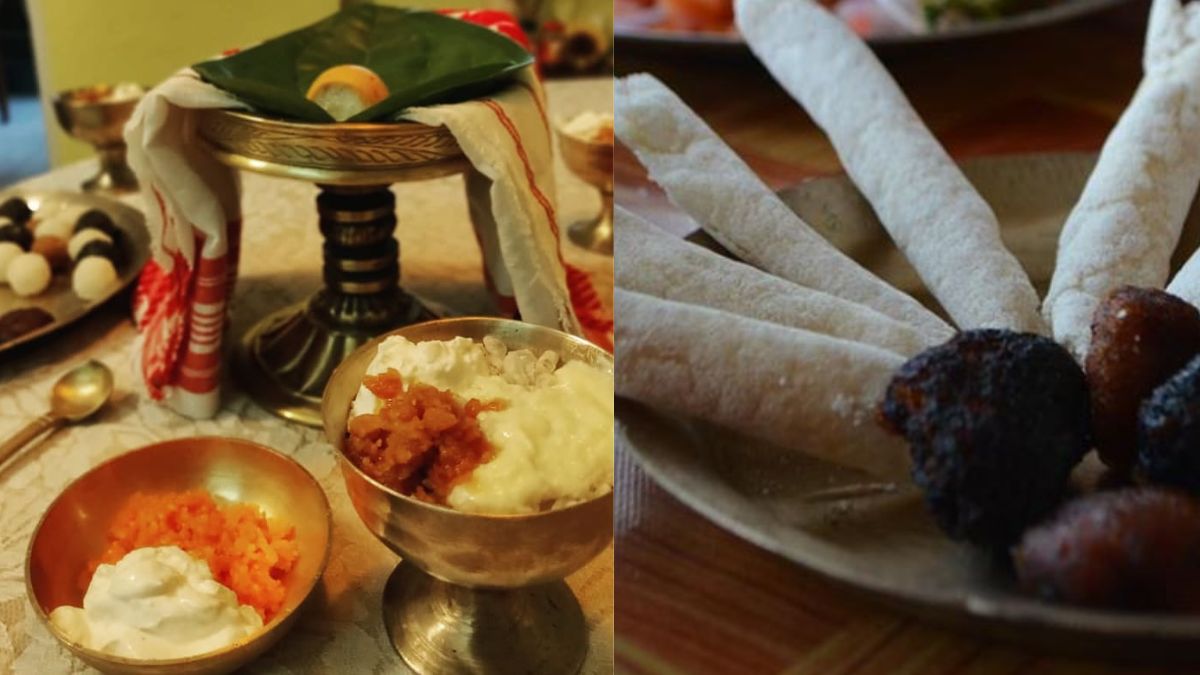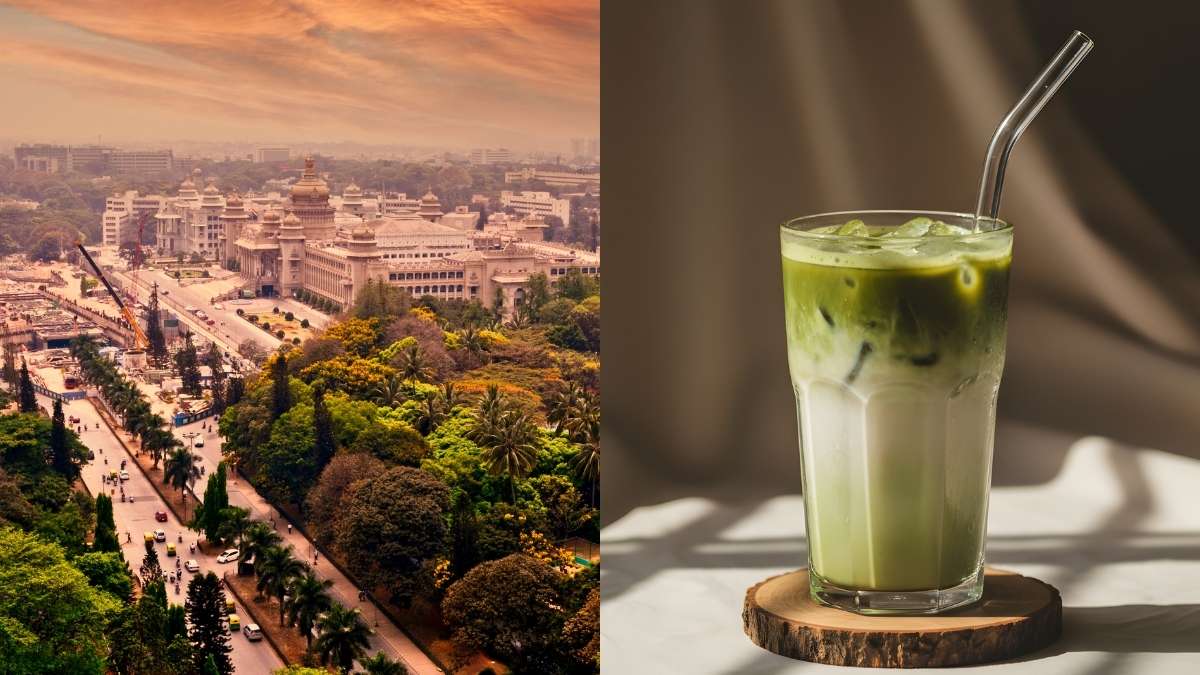As families and communities gather around the table to share in the flavours and traditions of Assam’s Magh Bihu, they partake in a gastronomic journey that goes beyond sustenance. As January arrives, Assamese people prepare for Magh Bihu. Based on food, as the name Bhogali suggests (Bhogali originates from the word bhog, which means feast or enjoyment), this Bihu is all about feasting and eating the best breakfast spread. Bhogali Jolpan.
The Hearty Bhogali Jolpan
View this post on Instagram
Central to the celebration of Magh Bihu is the grand feast that unfolds during breakfast, offering a diverse and delectable array of traditional Assamese dishes. The menu is diverse, featuring an array of dishes that cater to every palate, from savoury to sweet. Magh Bihu, observed in January for two days, marks the end of the harvest season. It is the beginning of the Magh month in the Assamese calendar. As dawn breaks on this auspicious day, families gather to partake in a feast, Bhogali Jolpan.
On Magh Bihu mornings, the dishes come with milk or curd and jaggery. The spread comes with a variety of rice dishes. You’ll find bora saul and kumol saul, eaten after being soaked. Sandoh is another rice dish enjoyed with milk and jaggery. Here, the rice is soaked for at least three hours before being fried in a skillet (traditionally made of clay). And then pulverised in a dheki (a wooden, handcrafted mill) after being fried for a few minutes. Often paired with homemade cream or yoghurt, seera (flattened rice) makes for a wholesome and satisfying breakfast experience.
At the heart of the Magh Bihu breakfast are the traditional Assamese rice cakes or pithas. The preparation of pithas involves a meticulous process. Each household has its unique recipe passed down through generations. The aromatic flavours and textures of these pithas encapsulate the essence of Assamese culinary artistry. Among the most popular are narikolor pitha, made of Bora rice flour and a jaggery-coconut mix. Another one is til pitha, made of Bora rice flour and a jaggery-grounded sesame seeds combination. The sweetness symbolises the joy and prosperity associated with the harvest season.
View this post on Instagram
Mah korai is a one-of-a-kind food item available only during Magh Bihu. With fried bora rice, sesame seeds, black grammes, green grammes, black chickpeas, and peanuts, mah korai gives a delish flavour. In certain regions, you’ll find roasted ginger and coconut cubes added.
Wholesome Harvest Festivities
View this post on Instagram
Another loved accompaniment lucis or puris made of refined flour with potato curry and Laal saah, or tea without milk. Jolpaan is traditionally finished with tamul-paan or betel leaf with areca nut, slathered with suun, or white lime paste.
The Magh Bihu meal is a culinary masterpiece, reflecting the agrarian roots of Assam and the bountiful harvest the land has yielded. This hearty feast is a symphony of flavours, textures, and aromas that pay homage to the season’s offerings. The preparation starts days in advance, with households bustling with activity as people engage in traditional cooking methods, using fresh produce from their fields. Pitha, laru, sandoh, and mah-korai are traditional Magh Bihu dishes. This, however, is simply a broad concept.
Celebrated over two days, Uruka is the name for the first day or night. People plan communal feasts on Uruka. This evening, the residents of a nearby community come together to build a stack known as meiji and improvised homes known as bhelaghar. People sleep in the bhelaghar and dine around campfires all night long. People light the meiji the following morning on Magh Bihu and offer prayers for a secure hearth and a happy new year. After the rites, Jolpan and other speciality delicacies are served.
Also Read: 5 Delicious Pithas Of Assam That Are A Must-Try!
So, have you had the hearty Bhogali Bihu jolpan yet?
Cover image credits: Instagram/Kasos Kitchen; Wikimedia Commons
First Published: January 05, 2024 5:35 PM




